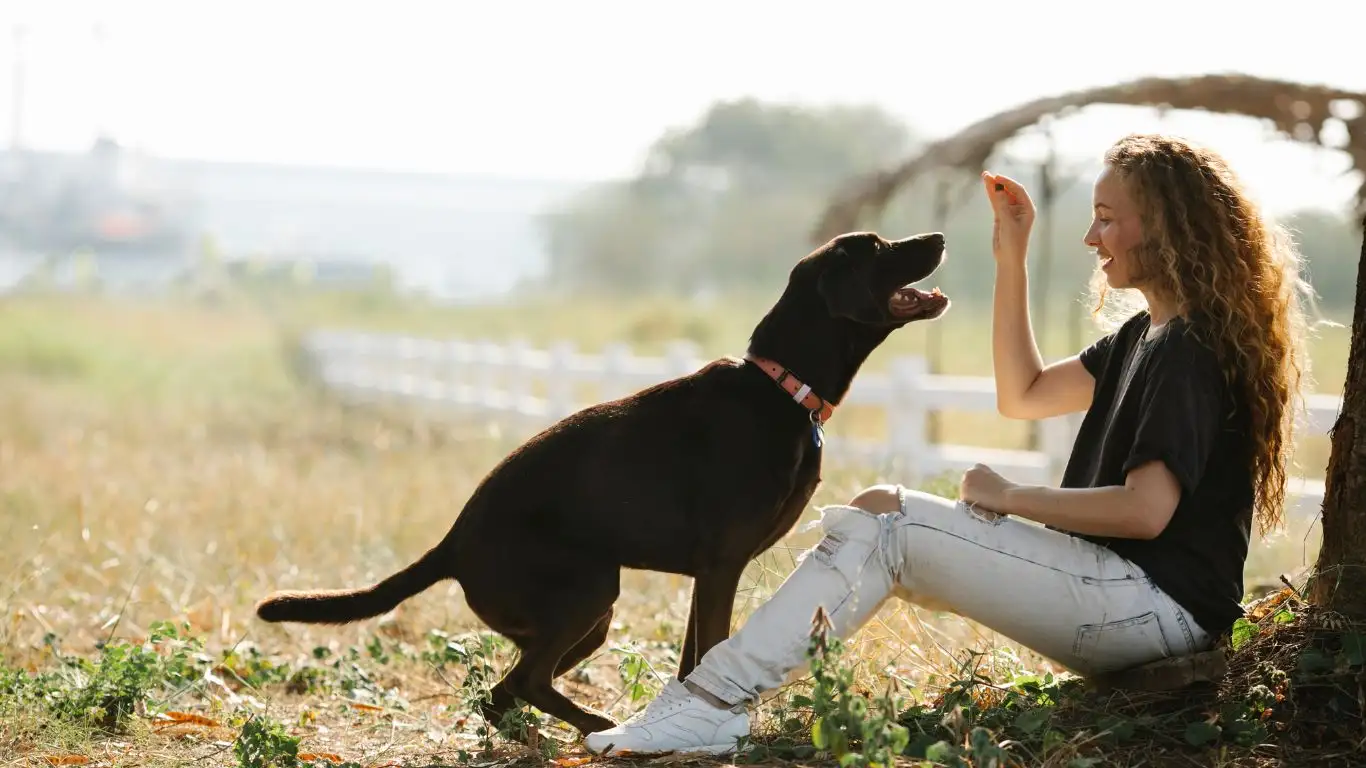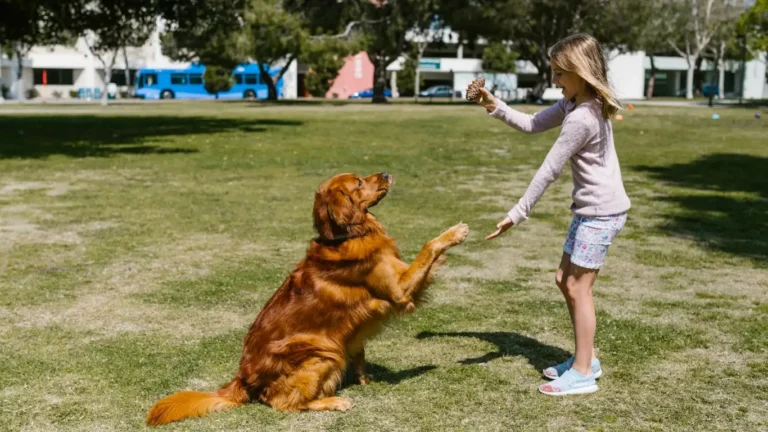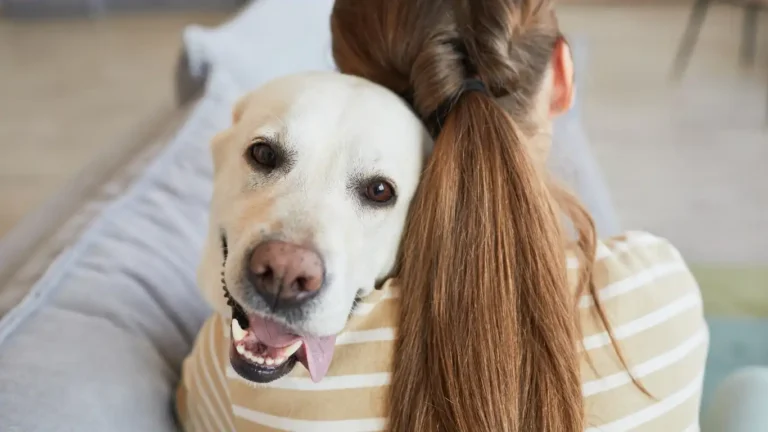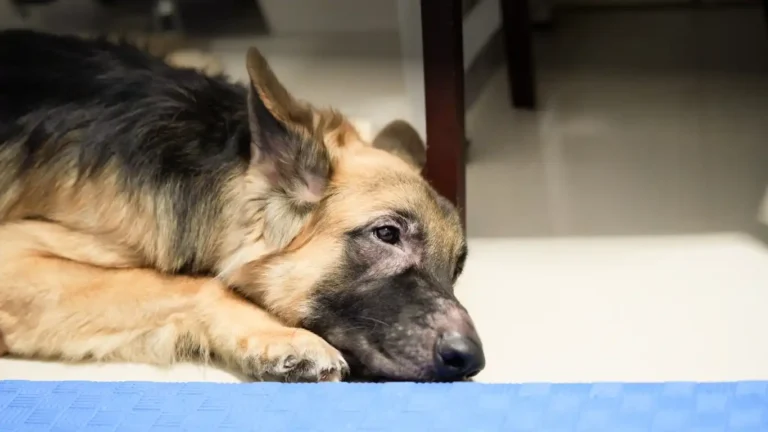Stop Your Dog from Peeing Indoors: 10 Expert Tips for Success
If you’ve ever faced the frustration of a dog peeing indoors, you know it’s not just an inconvenience, it can be a major headache. As a Canine-Assisted Therapy Trainer, I’ve worked with countless dogs and their owners to address behavioral issues like indoor accidents. If you’re here wondering how to train a dog to stop peeing indoors, you’re not alone—many dog owners struggle with this problem at some point. In this article, I’m going to share some of the best strategies that have worked for me in my training career, along with personal insights and tips that I’ve learned through hands-on experience.
Why Dogs Pee Indoors: Understanding the Root Causes
Before diving into the “how-to,” it’s important to understand *why* your dog might be peeing indoors in the first place. There are several potential reasons, and figuring out the cause can help tailor your training approach.
1. Medical Issues
Sometimes, accidents happen indoors because of health issues. It’s a good idea to rule out medical problems before assuming it’s just a behavioral issue. Common health-related reasons for indoor accidents include urinary tract infections (UTIs), bladder stones, or even diabetes. If your dog has been consistently house trained but suddenly starts peeing indoors, it’s time for a vet visit to check for any underlying conditions.
2. Anxiety and Stress
Dogs, like people, can experience anxiety. Changes in their environment, such as a new home, a new baby, or even a shift in your schedule, can cause them to feel stressed and more likely to have accidents. If your dog is showing signs of anxiety, such as excessive barking, whining, or even destructive behavior, it’s important to address the emotional side of the problem before focusing solely on potty training.
3. Inconsistent Potty Breaks
One of the most common reasons for indoor accidents is inconsistency in taking your dog outside. Dogs thrive on routine, so if you’re not sticking to a regular schedule of potty breaks, your dog may not get the message that there’s a specific time and place to go. Puppies, in particular, need frequent breaks, as their tiny bladders can’t hold much for very long. Even adult dogs need to go outside regularly to avoid accidents.
4. Poor Housebreaking Training
If your dog wasn’t properly housebroken, or if they were allowed to have accidents indoors early on, they might not fully understand the rules of indoor potty etiquette. This is especially true for rescue dogs or dogs that came from less-than-ideal environments. Don’t worry though—this doesn’t mean your dog is beyond help. With patience and consistency, most dogs can unlearn bad habits and become reliable about going outside.
5. Marking Territory
Some dogs, especially males, might pee indoors as a way of marking their territory. This is more common in unneutered dogs, but it can happen with neutered dogs too. If you notice your dog is peeing on furniture, walls, or other objects that smell like they belong to someone or something else, this could be a sign of territorial marking rather than a potty training issue.

Setting Up a Solid Routine: The Key to Successful Potty Training
Once you’ve identified the root cause of your dog’s indoor accidents, the next step is establishing a solid training routine. Consistency is absolutely crucial when it comes to housebreaking. Without a consistent routine, your dog may not get the proper cues or signals, and you’ll find yourself back at square one.
Establish a Potty Schedule
One of the most effective ways to train a dog to stop peeing indoors is to create a potty schedule and stick to it. This is where routine becomes critical. Take your dog outside first thing in the morning, after meals, before bed, and any other time they might need to go. If you’re consistent with these breaks, your dog will start to understand that going outside is the norm.
As a general rule, puppies need to go outside more often than adult dogs. In fact, a good guideline is that puppies can hold their bladder for about one hour for every month of age. So, if you’ve got a two-month-old puppy, they’ll likely need a potty break every two hours. Adult dogs typically need to go out at least three to four times a day, but this can vary depending on the size, breed, and age of your dog.
Supervise Your Dog Indoors
Supervision is key when you’re trying to stop a dog from peeing indoors. If you catch them in the act, you can quickly redirect them to the right place. This might mean keeping a close eye on your dog, especially if you’re still in the early stages of potty training. In fact, many trainers recommend using a crate or confining your dog to a small area when you can’t supervise them. Dogs naturally avoid soiling their sleeping area, so a crate can be a useful tool for housebreaking.
Reward and Reinforce Positive Behavior
Positive reinforcement is a powerful tool when it comes to training. Every time your dog goes potty outside, make sure to offer praise, treats, or a favorite toy. This helps them make the connection between going outside and getting rewarded. It’s important to reward your dog immediately after they go potty so they understand what specific behavior earned them the treat.

Addressing Accidents: What to Do When Your Dog Pees Indoors
Even with the best training efforts, accidents will still happen from time to time. When they do, it’s important to stay calm and avoid punishing your dog. Dogs don’t associate punishment with their accidents—they just know they’re being scolded, which can lead to confusion or fear. Instead, focus on cleaning up the mess and reinforcing your potty training routine.
1. Clean the Area Thoroughly
If your dog has an accident indoors, you need to clean the area thoroughly. Dogs have an incredible sense of smell, and if they can still detect the scent of urine, they might think it’s okay to go in that spot again. Use an enzymatic cleaner specifically designed for pet accidents to completely eliminate the smell. This will help to discourage your dog from peeing in the same spot in the future.
2. Don’t Punish the Dog
While it may be tempting to scold your dog for peeing indoors, punishment isn’t effective and can actually make the situation worse. If you catch your dog in the act, simply redirect them to the proper area outside. If you don’t catch them in the act, it’s too late to punish them, so it’s better to focus on reinforcing the positive behaviors moving forward.
3. Stay Consistent
The most important part of any dog training is consistency. If your dog has an accident, don’t let it discourage you. Keep up with your training routine, be patient, and remain consistent in your approach. Over time, your dog will get the message that peeing indoors is not acceptable, and you’ll see fewer accidents.
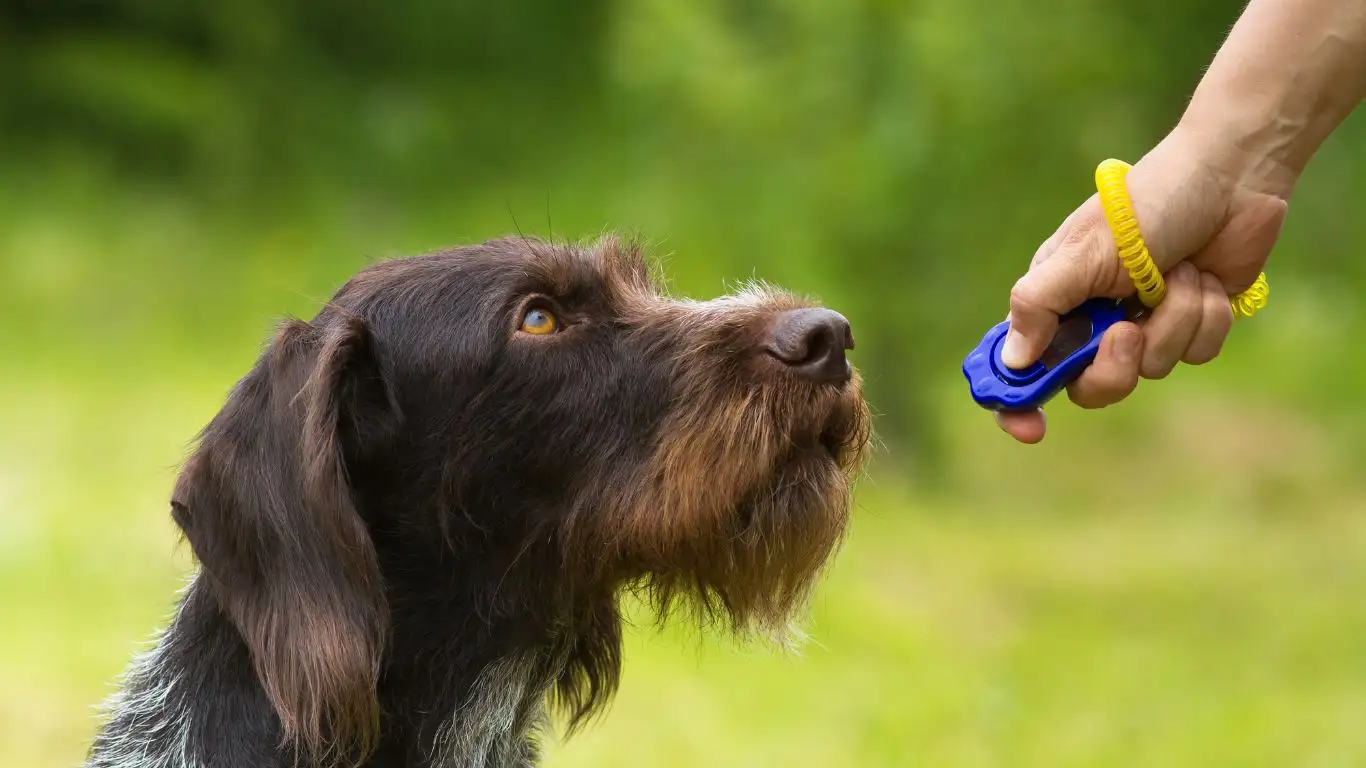
Understanding Your Dog’s Signals: How to Prevent Indoor Accidents
One of the most important aspects of stopping your dog from peeing indoors is learning how to read their signals. Every dog is different, and while some might give clear signs that they need to go outside, others may be more subtle. By being observant, you can avoid accidents before they happen.
Recognizing Potty Signals
All dogs have their own ways of letting you know when they need to go out. Some dogs may circle around, sniff the ground, or pace nervously. Others may start whining, scratching at the door, or even sitting near the door. In my experience, watching these cues and learning your dog’s body language can make a huge difference. My dog, for example, used to sit by the door and give me a big “puppy-dog” stare, which I quickly recognized as his “I gotta go!” signal.
It’s important to act quickly when you see these signs. If you wait too long, your dog may have an accident inside before you get a chance to let them outside. The sooner you can reinforce that outdoor potty breaks are the way to go, the better the results will be.
Using a Dog Bell or Other Signal
If you’re struggling to catch your dog’s subtle cues, another method that has worked wonders for some dog owners is teaching them to use a bell to signal when they need to go outside. You can hang a dog bell by the door and teach your dog to tap it with their paw or nose when they want to go out. This method can take a bit of patience, but in my experience, it’s incredibly effective once your dog gets the hang of it.
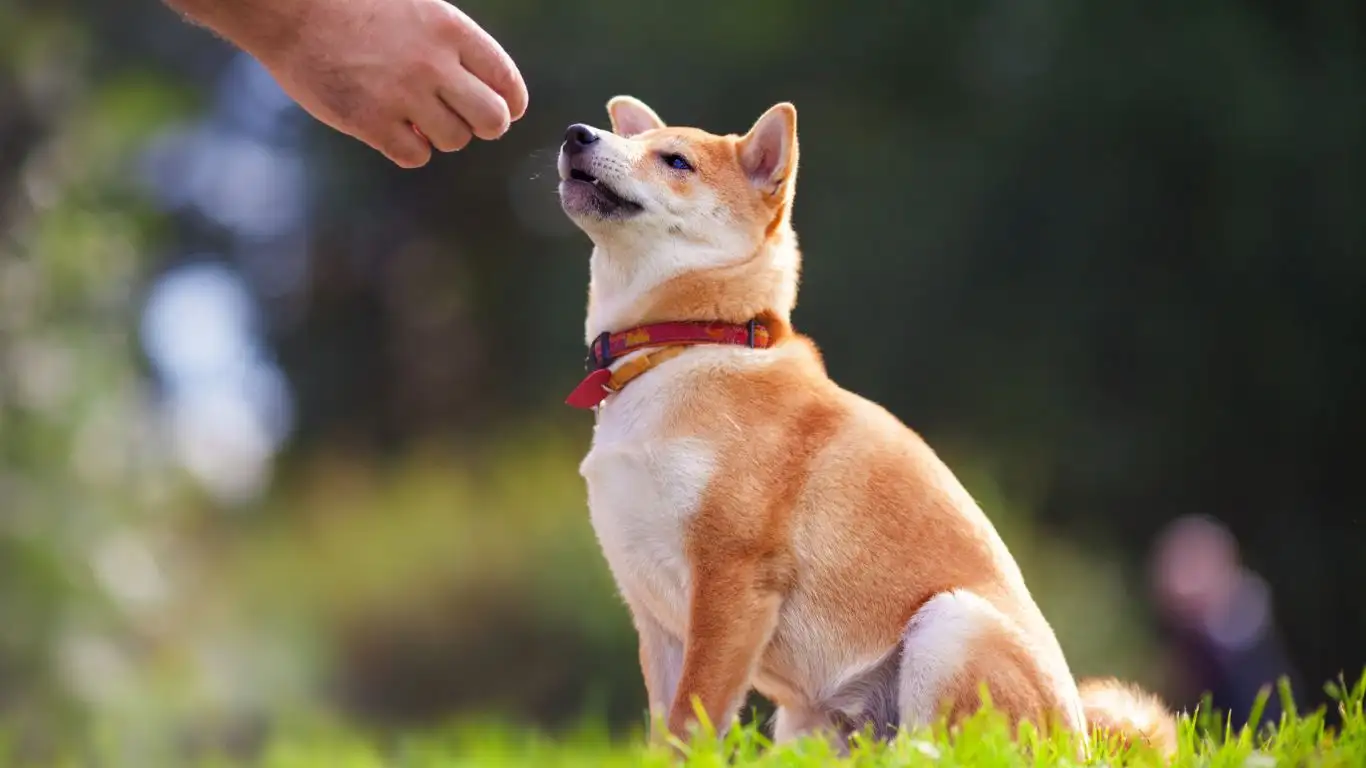
Common Mistakes to Avoid When Training Your Dog
While training your dog to stop peeing indoors is definitely achievable, there are some common mistakes that many owners make that can slow down progress. These mistakes can be frustrating, but recognizing them can help you avoid setbacks and stay on track with your training.
1. Inconsistency with Potty Breaks
As I mentioned earlier, consistency is absolutely key when it comes to potty training. One of the biggest mistakes I’ve seen people make is being inconsistent with taking their dog outside. Skipping potty breaks or waiting too long between them can confuse your dog and make them more likely to have accidents indoors. Even if your dog seems to have mastered the routine, sticking to regular potty breaks is crucial for long-term success.
2. Not Using Positive Reinforcement Enough
Another common mistake is not using positive reinforcement consistently. Dogs respond much better to praise and rewards than to punishment. I’ve worked with several dogs that had accidents indoors simply because their owners weren’t reinforcing the good behavior enough. Remember, every time your dog successfully goes outside, give them a treat, a favorite toy, or lots of praise. This helps them understand that going potty outside is a good thing, and it’ll motivate them to keep doing it.
3. Getting Frustrated or Losing Patience
Training any dog takes time, and potty training is no exception. One mistake that many people make is getting frustrated too quickly when accidents happen. I know it’s hard not to feel annoyed when you’re constantly cleaning up messes, but patience is a huge part of the process. Dogs don’t understand that they’re doing something wrong unless we teach them in a way that makes sense to them. So, instead of punishing your dog for accidents, focus on teaching them what to do and rewarding the behavior you want to see.
4. Punishing After the Fact
This is a big one. If you don’t catch your dog in the act of peeing indoors, don’t try to punish them afterward. Dogs don’t connect the punishment with the behavior that happened earlier. They might just feel confused or scared. The best approach is to redirect your dog to the proper behavior and focus on rewarding them when they get it right. Over time, they’ll start to associate going outside with positive rewards.

Crate Training as a Potty Training Tool
Crate training is a method that many dog trainers swear by when it comes to potty training. It might seem like a bit of an extra step, but in my experience, it’s one of the most effective ways to teach a dog proper bathroom habits. The idea behind crate training is simple: dogs naturally avoid soiling their sleeping area. By confining your dog to a crate when you can’t supervise them, you can help them develop a better understanding of where they should go to the bathroom.
How Crate Training Works
The key to successful crate training is to make the crate a positive space for your dog. Don’t use the crate as a form of punishment, as this can lead to negative associations. Instead, create a cozy, comfortable environment with bedding, toys, and some water. The crate should be just big enough for your dog to stand up, turn around, and lie down comfortably. If the crate is too large, your dog might use one side as a bathroom and the other side as their sleeping area.
Once your dog gets used to their crate, use it to manage their potty training schedule. For example, if you’re leaving the house, put your dog in the crate to prevent them from having accidents indoors. When you return, take them outside right away for a bathroom break. Over time, your dog will learn to associate the crate with being in control of their bathroom habits.
Crate Training and Puppies
Crate training works especially well with puppies, as they have smaller bladders and can’t hold it for long periods. For puppies, it’s important to take them out of the crate and give them a potty break every 1-2 hours, depending on their age. I’ve had great success using this method, and many of my clients have seen faster results as well. It’s all about consistency and making sure your puppy knows that the outside is the place to go.
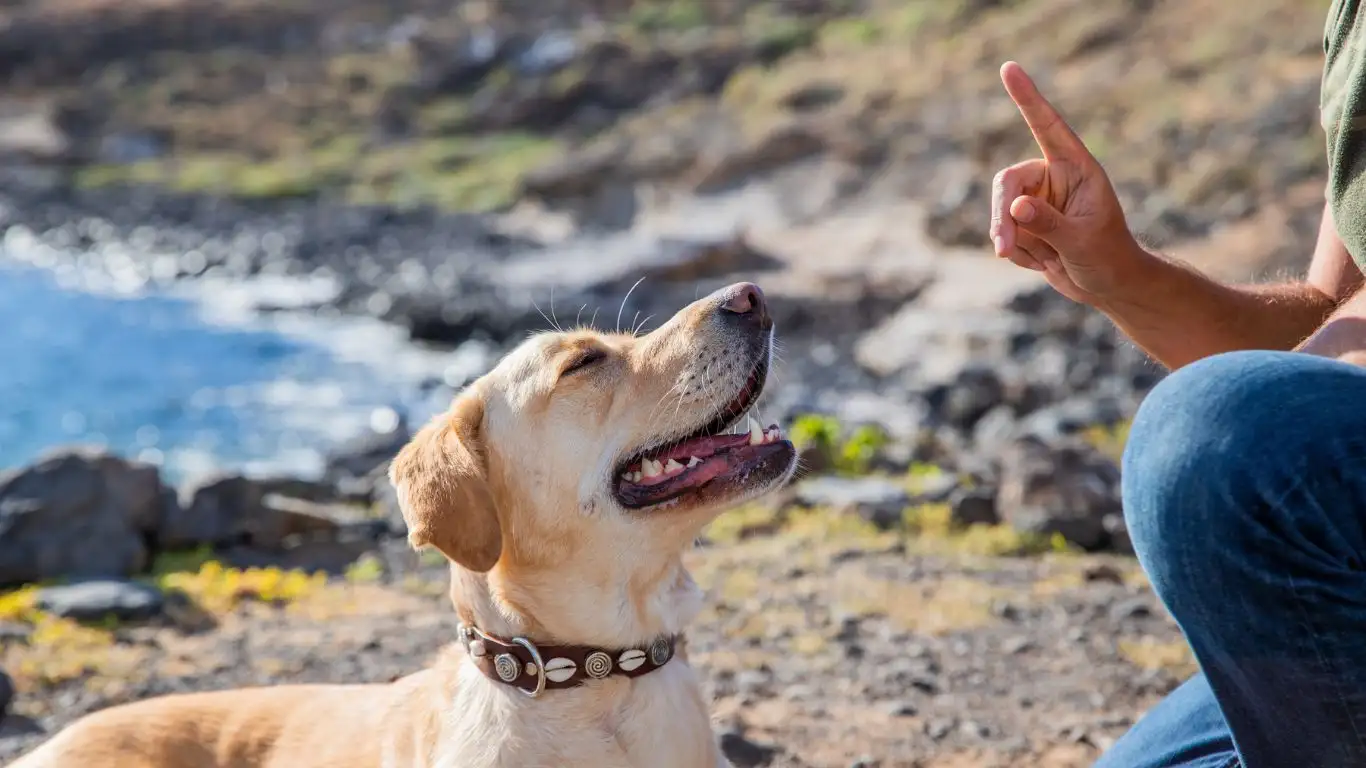
Advanced Training Techniques for Stopping Indoor Peeing
So far, we’ve covered the basics—understanding your dog’s needs, setting a solid routine, and addressing the common mistakes dog owners make during potty training. But what if you’ve been consistent and you’re still seeing those frustrating indoor accidents? Well, it might be time to incorporate some advanced training techniques to further improve your dog’s behavior and help them learn even faster. These strategies can make all the difference, especially when you’re dealing with stubborn or particularly anxious dogs.
Using Command Words to Reinforce the Behavior
One of the most effective advanced techniques I’ve used with my own dogs, as well as in my training sessions, is teaching a specific command word for potty time. This helps your dog associate the act of going outside with a verbal cue, which makes it easier for them to understand that it’s time to go to the bathroom.
For example, I use the command “Go potty!” when I take my dogs outside. It’s consistent, simple, and easy to say. Once they go potty outside, I immediately praise them with treats or affection, so they start to connect the words with the action. Over time, this command becomes a signal for them to relieve themselves, making it easier for both of you.
Creating a Potty-Only Area Outdoors
Another technique I’ve found helpful is creating a designated potty area in your yard or wherever you typically take your dog outside. This is especially useful for dogs who are easily distracted or those who seem to wander around aimlessly during bathroom breaks. By having a specific area for your dog to go to the bathroom, you can streamline the process and make it easier for them to understand what’s expected.
To create this area, choose a spot that’s easily accessible and away from distractions like toys, people, or other dogs. I recommend using a command like “Go potty” as soon as your dog enters the area, so they quickly associate the space with bathroom time. Over time, your dog will start going straight to this spot without needing much prompting.
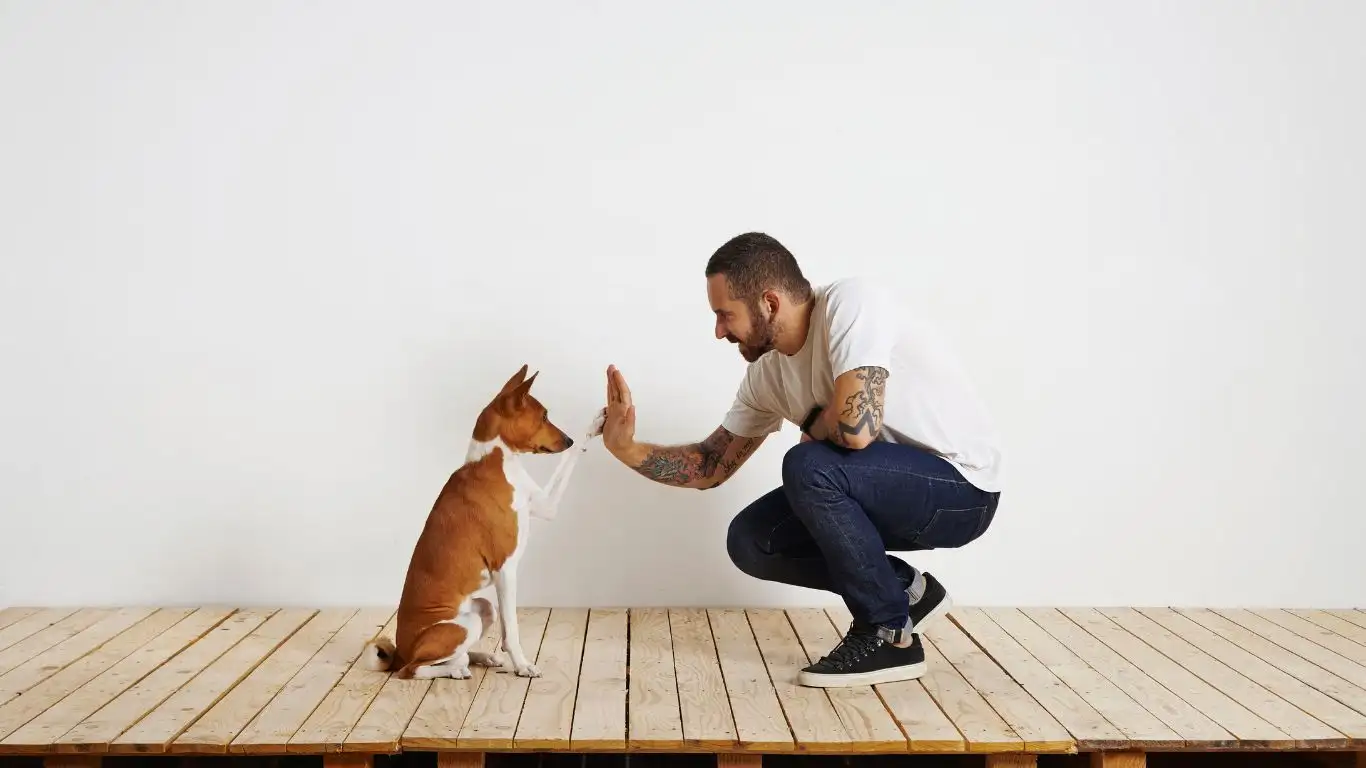
Behavioral Modifications for Dogs with Anxiety or Stress
Some dogs struggle with peeing indoors due to anxiety or stress. This can be especially challenging because you’re not just dealing with a behavioral issue—you’re addressing an emotional need. Anxiety-based accidents are often linked to changes in the dog’s environment, routine, or even their emotional state. If you’ve noticed that your dog is having more accidents during stressful times (such as when guests are over or during storms), it’s worth diving deeper into how you can ease their anxiety while still focusing on potty training.
Using Calming Techniques
In my experience, calming aids can be a real game-changer for dogs who are prone to anxiety. Things like pheromone diffusers, anxiety wraps, or calming collars can help your dog feel more secure. These solutions work by releasing scents or providing pressure that mimics the comfort of being close to another dog or their owner. I’ve seen great success with these methods, especially in combination with consistent potty training.
If you suspect your dog’s accidents are linked to anxiety, try to identify the stress triggers and eliminate or reduce them. For example, if your dog is fearful of thunderstorms, consider using a calming product during stormy weather. Also, make sure your dog is getting plenty of exercise, as physical activity can help alleviate stress and reduce the likelihood of indoor accidents.
Desensitization and Counter-Conditioning
For dogs with more severe anxiety, you might need to use desensitization and counter-conditioning techniques. These methods are often used by trainers to help dogs gradually get used to things that trigger their anxiety. Essentially, this involves exposing your dog to a controlled version of the stressor (such as the sound of thunderstorms or the sight of a visitor) in a way that doesn’t overwhelm them. Over time, your dog will learn to associate these things with positive experiences, rather than fear.
Of course, this process can take time, and it’s essential to be patient. But with the right approach, many anxious dogs can make incredible strides in reducing anxiety-based accidents.
Incorporating Positive Reinforcement to Speed Up Progress
Let’s be honest: We all love to see our dogs happy, and positive reinforcement is the best way to keep your dog motivated during potty training. We’ve touched on rewards before, but let’s dive a little deeper into how you can use positive reinforcement to help your dog stop peeing indoors for good.
Using a Variety of Rewards
While treats are a fantastic motivator for most dogs, some might prefer toys or affection. The key here is to figure out what your dog truly enjoys and use that as a reward for good behavior. If your dog is particularly food-driven, then treats are likely to be your best bet. But for other dogs, a quick game of fetch or a belly rub might do the trick. My dog, for instance, prefers a good game of tug-of-war over any treat. Once I figured that out, potty training became a whole lot more fun for both of us!
Mixing up the rewards keeps your dog engaged and excited about the training process. This also helps reinforce the idea that going potty outside is a behavior worth repeating.
Timing is Everything
Timing your rewards is critical. If you wait too long to reward your dog after they’ve gone potty outside, they might not associate the reward with the right behavior. I always recommend giving your dog a treat or praise *immediately* after they finish going potty. This way, they can clearly make the connection between the action and the reward, speeding up the learning process.
References
If you’d like to dive deeper into dog training or learn more about behavioral issues, here are some trusted resources I recommend:
- American Kennel Club (AKC) – For expert tips and dog care advice.
- PetMD – For information on dog health and behavior.
- National Institute of Mental Health (NIMH) – For anxiety and stress management in dogs.
- Cesar’s Way – Training tips from one of the most renowned dog trainers.
Disclaimer
While the advice in this article is based on my personal experience as a Canine-Assisted Therapy Trainer, it is important to remember that every dog is unique. If your dog is experiencing consistent or severe potty issues, I recommend consulting with a professional dog trainer or a veterinarian who can provide tailored guidance based on your dog’s individual needs and circumstances. This article is intended to offer general advice and should not replace professional consultation when necessary.
With patience, consistency, and the right techniques, you can help your dog overcome indoor accidents and enjoy a peaceful, accident-free home. Best of luck on your journey to a well-trained pup!
